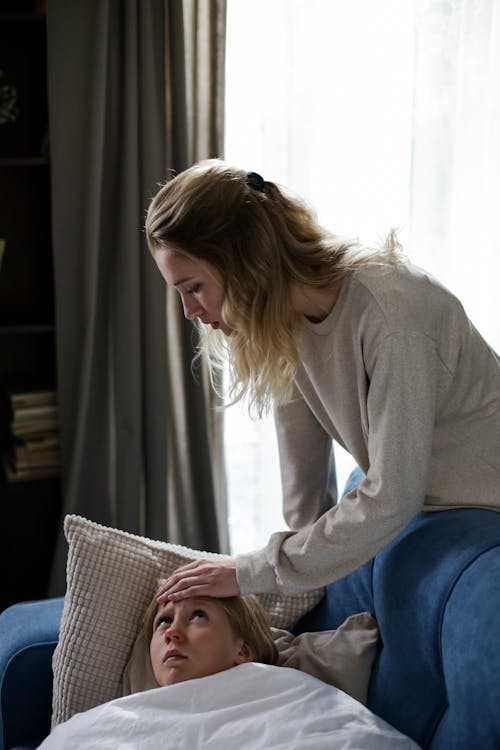 In today’s world, the importance of mental health and well-being cannot be overstated. As more people seek treatment for various mental health conditions, the demand for behavioral healthcare facilities continues to rise. Designing these facilities with recovery in mind is crucial for creating a healing and supportive environment for patients. One key aspect of designing these spaces is choosing the right furniture. In this article, we will explore the latest trends in behavioral healthcare furniture and how they contribute to the recovery process.
In today’s world, the importance of mental health and well-being cannot be overstated. As more people seek treatment for various mental health conditions, the demand for behavioral healthcare facilities continues to rise. Designing these facilities with recovery in mind is crucial for creating a healing and supportive environment for patients. One key aspect of designing these spaces is choosing the right furniture. In this article, we will explore the latest trends in behavioral healthcare furniture and how they contribute to the recovery process.
The Power of Design
Design plays a significant role in shaping the overall experience of patients in behavioral healthcare furniture. The right design choices can promote a sense of calm, comfort, and security, while also ensuring the safety and well-being of patients and staff. Furniture, in particular, can greatly impact the recovery process by providing functional and aesthetically pleasing solutions.
Flexibility and Adaptability
One of the emerging trends in behavioral healthcare furniture is the emphasis on flexibility and adaptability. Furniture pieces that can be easily rearranged or adjusted to meet the changing needs of patients and staff are becoming increasingly popular. This allows for customization and promotes a sense of control, which is essential for patients on their journey to recovery.
Biophilic Design
Biophilic design, which incorporates elements of nature into the built environment, is gaining traction in behavioral healthcare facilities. Integrating natural materials, colors, and textures in furniture design can create a soothing and nurturing atmosphere. This connection with nature has been shown to reduce stress, improve mood, and enhance overall well-being.
Comfort and Durability
Comfort and durability are key considerations when choosing furniture for behavioral healthcare settings. Patients may spend extended periods in these facilities, so it is important to provide comfortable seating and sleeping options. Additionally, furniture must be built to withstand heavy use and potential abuse, ensuring longevity and safety.
Privacy and Personal Space
Privacy and personal space are crucial for patients in behavioral healthcare facilities. Furniture that provides privacy, such as screens and partitions, can help create individualized spaces within shared environments. This allows patients to have a sense of control over their surroundings and promotes a feeling of safety and security.
Safety and Anti-ligature Design
Safety is a top priority in behavioral healthcare facilities, and furniture design plays a critical role in ensuring the well-being of patients and staff. Anti-ligature furniture, which minimizes the risk of self-harm, is an essential consideration. This includes features such as rounded edges, tamper-proof fasteners, and non-removable cushions, among others.
Conclusion
Designing for recovery in behavioral healthcare facilities requires careful consideration of furniture choices. By incorporating trends such as flexibility, biophilic design, comfort and durability, privacy and personal space, and safety features, designers can create spaces that support the healing process. The right furniture can contribute to a sense of calm, comfort, and security, enhancing the overall well-being of patients and staff. Let’s continue to prioritize mental health and create spaces that promote recovery and healing.